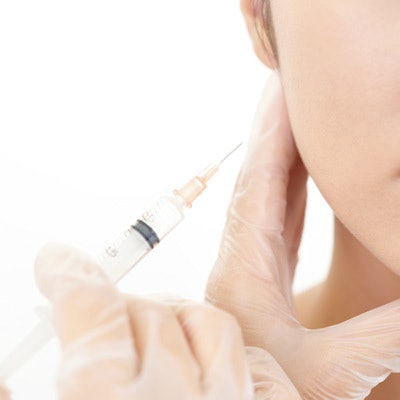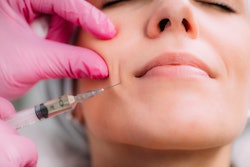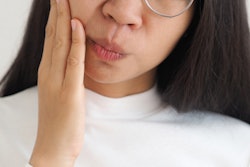
Many people are familiar with Botox to get rid of fine lines and wrinkles. But studies published in Neurology and Pain Research Management show that the muscle-relaxing properties of Botox have promising results for jaw clenching and teeth grinding.
Since the COVID-19 pandemic, dentists have been noting significant increases in jaw-related injuries due to stress. In March 2021, during the first year of the pandemic, the ADA reported that 71% of dentists saw an increase in the prevalence of teeth grinding and jaw clenching. Sixty-two percent said they saw temporomandibular joint disorder symptoms. These numbers exceed the 63% of dentists who reported an increased incidence of chipped or cracked teeth.
Some patients are seeking relief by getting Botox injections. The Atlantic cited an increase in the number of people seeking neurotoxin treatment to aid in pandemic-induced bruxism.
"It's a very popular treatment," Lauren Goodman, a Los Angeles-based cosmetic nurse, told The Atlantic. Dr. Michele Green, a cosmetic dermatologist in Manhattan, told the publication that at least 25% of patients are seeking Botox treatment for their jaws and teeth.
When a patient is treated with Botox for bruxism, a small amount is injected into the muscles that move the patient's jaw. Often, the masseter muscle is injected, as that is the muscle responsible for chewing.
The Botox will reduce clenching and help with accompanying tension the patient is experiencing, experts say. Botox typically takes one to three days to start working after injection, and the effects last three to six months.
Leena Palomo of New York University told The Atlantic that Botox may be "the next frontier" in treating bruxism when less invasive treatments do not work. "As people get to know others who have responded well, I predict that we're going to see an uptick," Palomo said.



















